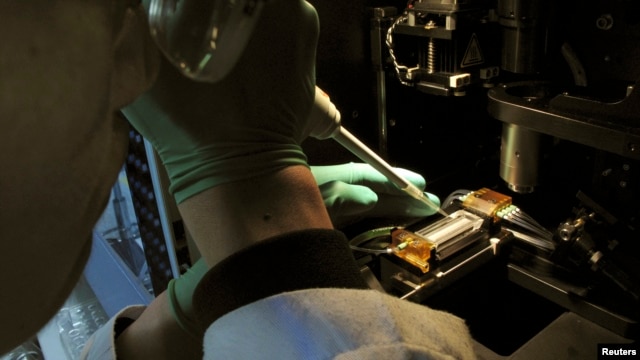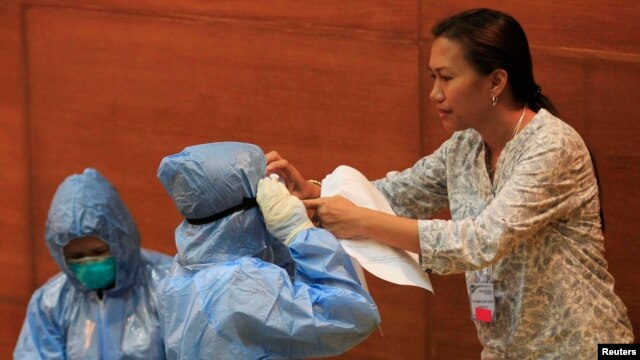altafhussain198
Rookie
- Feb 10, 2012
- 1
- 0
- 1
Your body's immune system protects you from disease and infection. But if you have an autoimmune disease, your immune system attacks healthy cells in your body by mistake. Autoimmune diseases can affect many parts of the body. These diseases tend to run in families. Women - particularly African-American, Hispanic-American, and Native-American women - have a higher risk for some autoimmune diseases.
There are more than 80 types of autoimmune diseases, and some have similar symptoms. This makes it hard for your health care provider to know if you really have one of these diseases, and if so, which one. Getting diagnosed can be frustrating and stressful. In many people, the first symptoms are being tired, muscle aches and low fever.
The diseases may also have flare-ups, when they get worse, and remissions, when they all but disappear. The diseases do not usually go away, but symptoms can be treated.
I am just reading an article on The Big Myth: Crohns is an Autoimmune Disease I don't its that really The Big Myth any one have experience for reading about Crohn's on blog.
There are more than 80 types of autoimmune diseases, and some have similar symptoms. This makes it hard for your health care provider to know if you really have one of these diseases, and if so, which one. Getting diagnosed can be frustrating and stressful. In many people, the first symptoms are being tired, muscle aches and low fever.
The diseases may also have flare-ups, when they get worse, and remissions, when they all but disappear. The diseases do not usually go away, but symptoms can be treated.
I am just reading an article on The Big Myth: Crohns is an Autoimmune Disease I don't its that really The Big Myth any one have experience for reading about Crohn's on blog.



